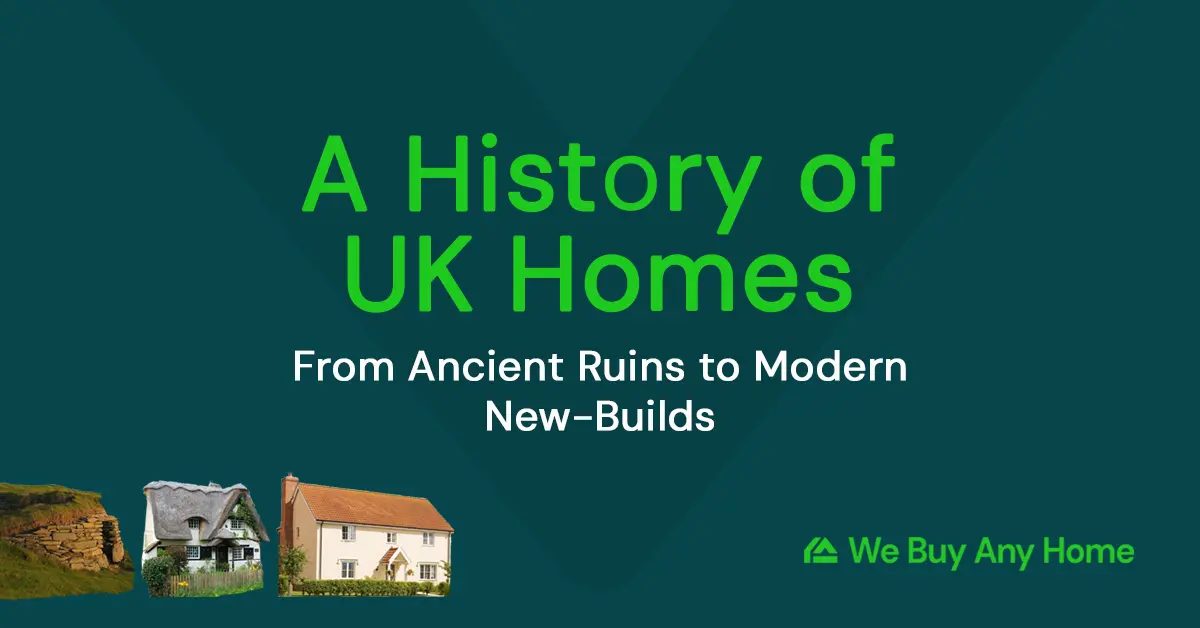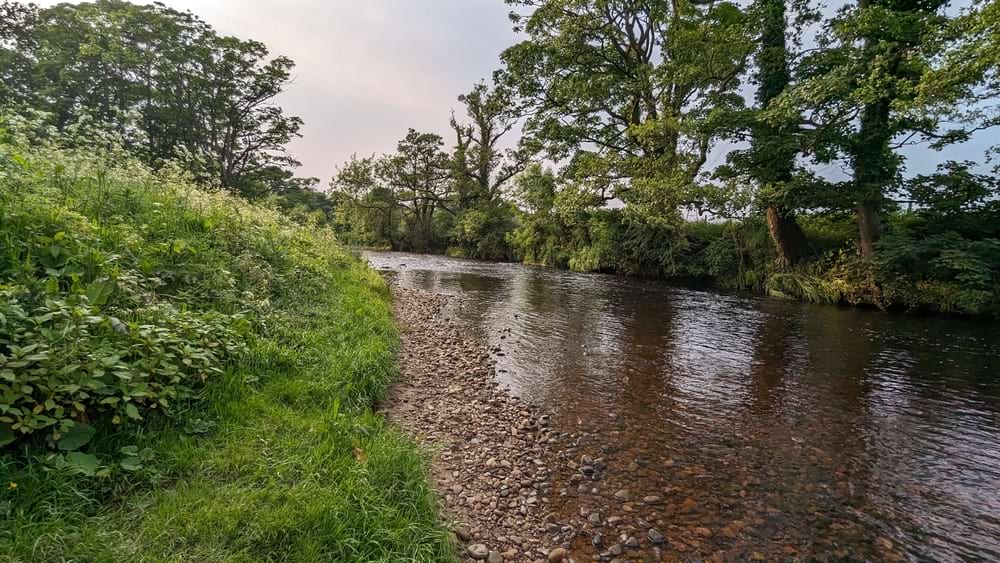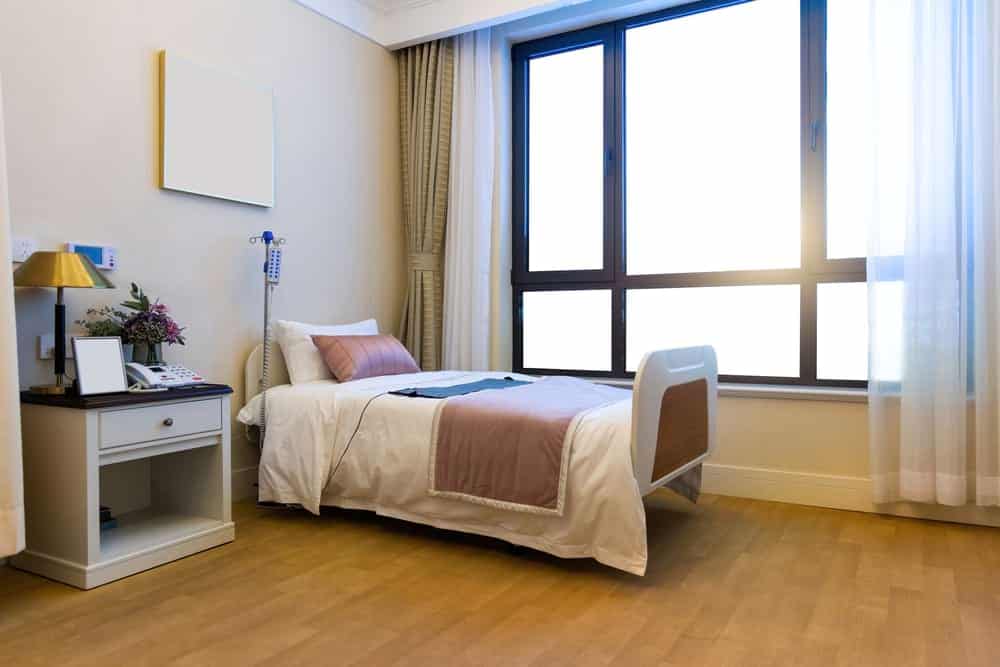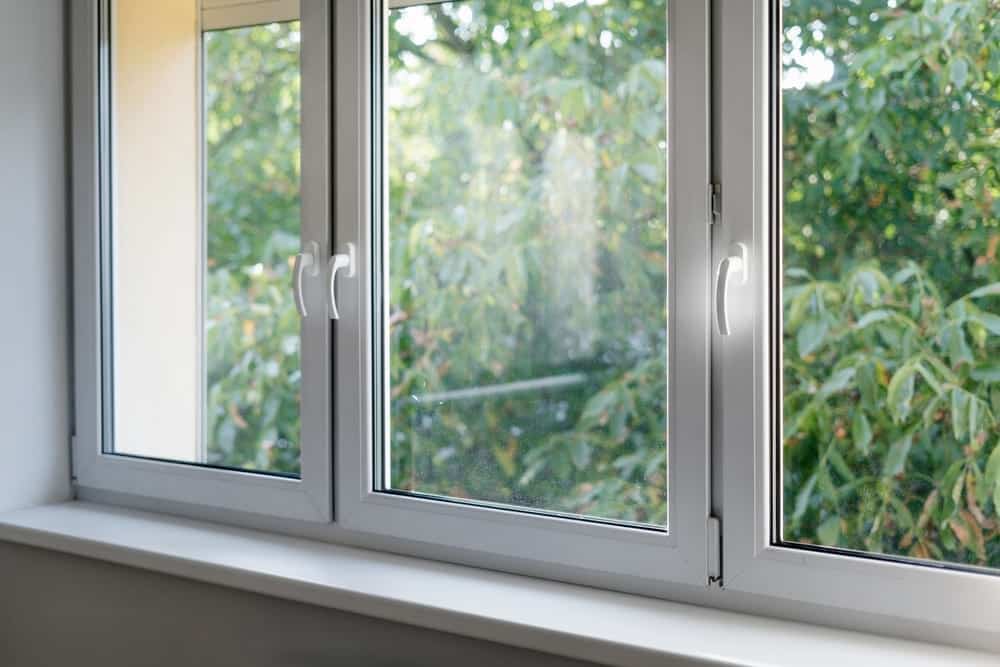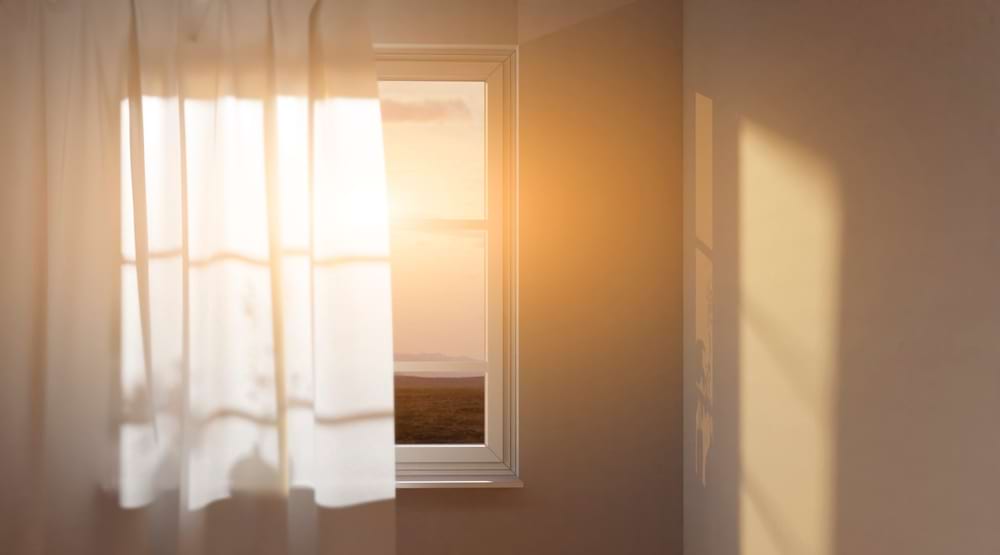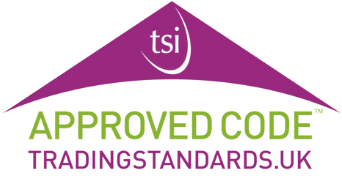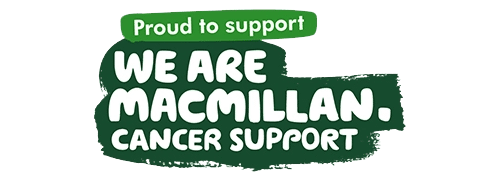Thatched cottages and houses are an icon of the British countryside.
But not everyone wants to live in one.
After all, some challenges come with thatched properties, which all buyers will consider.
Let’s explore how easy it is to sell a thatched cottage, and how you can speed up the journey.
What is a thatched property?
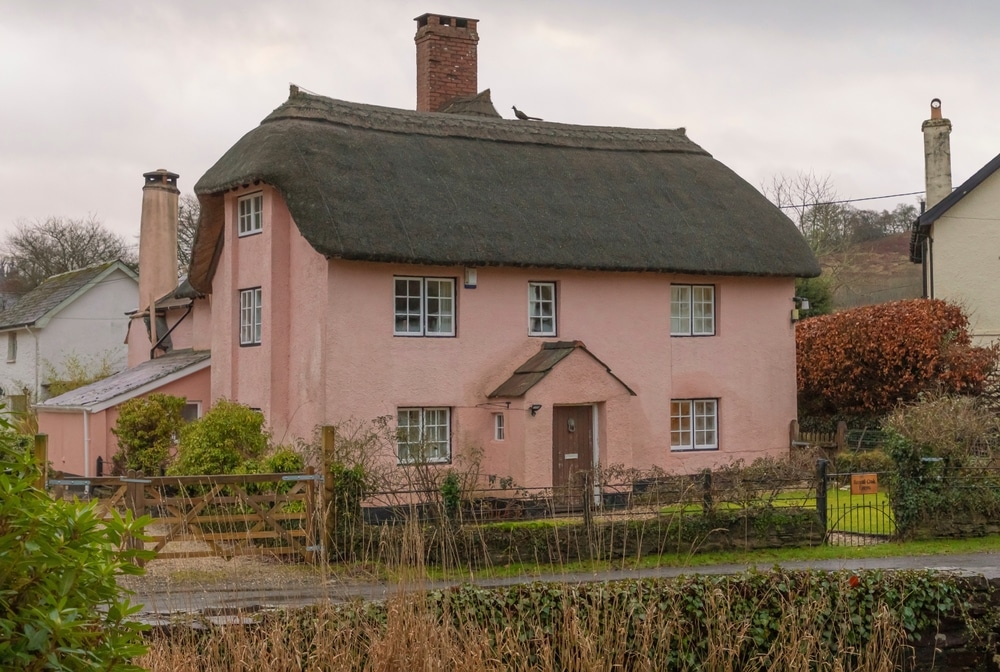
Thatched properties are homes with dry roofs made of dry plants such as:
- Water reed
- Wheat reed
- Long straw
- Heather
And more. These are often tightly layered on top of one another to increase the roof’s insulation properties.
These roofs have a distinct appearance and colour, often light brown or grey.
They are often a custom shape and size and protrude from the building, casting a slight shadow onto the main building.
As a non-traditional construction, they require expert builders to make and repair.
Origins of thatched properties in Britain
There’s evidence of thatched properties in Britain going back thousands of years.
Even after new roofing techniques were developed, people continued to create thatched properties. This was often because of its convenience and relatively low cost.
Today, many thatched properties are historic properties, dating back to the 18th and 19th centuries.
Around this time, other roofing materials and techniques became more accessible, so their frequency declined.
However, some are older. For example, Anne Hathaway’s Cottage, a grade I-listed popular tourist destination in Stratford-upon-Avon, dates back to 1463.
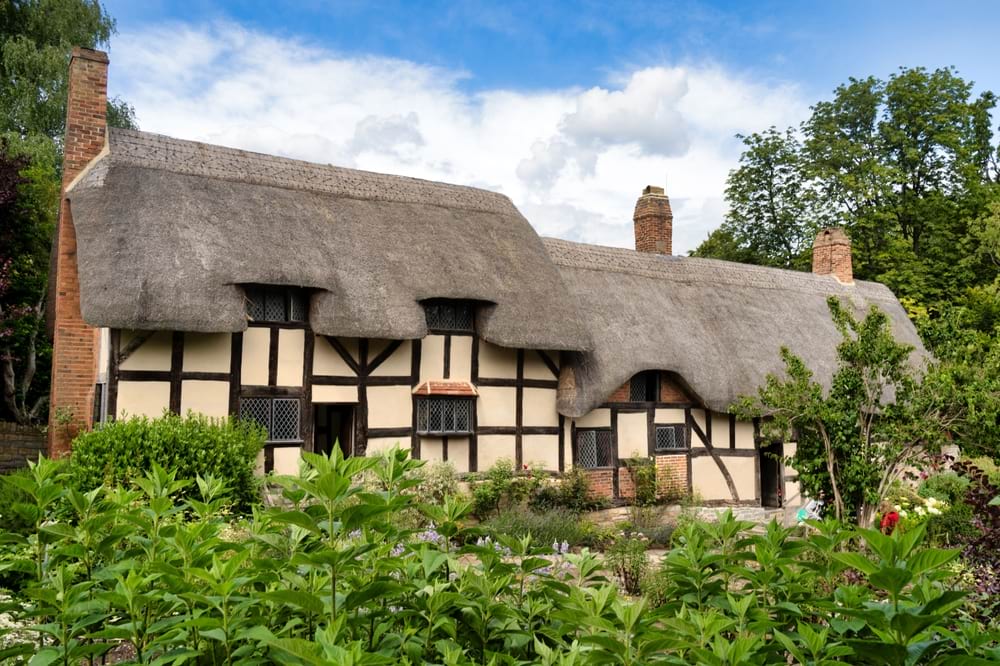
And new ones are built. However, there are currently no reliable statistics on how many are built each year.
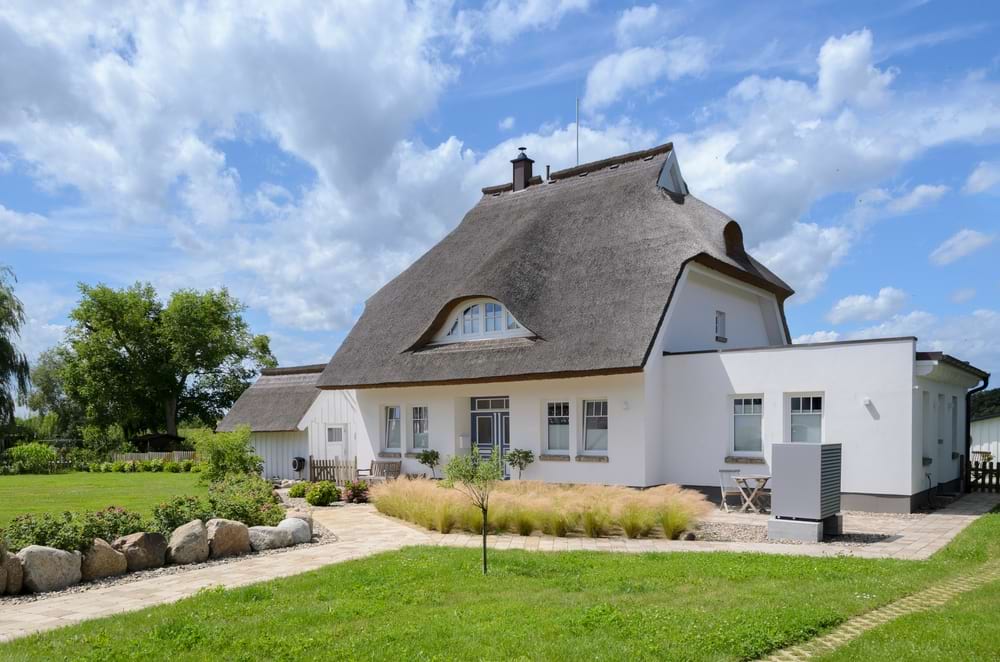
Are thatched properties hard to sell?
Thatched properties are harder to sell than most other types of property. This is because of the associated risks for buyers and lenders.
Taking specific steps before listing your cottage on the market will make a significant positive difference.
Although there’s still a market for this type of property.
They’re very popular in the countryside with people who like an ‘old school’ look and feel. This cottage is seen as traditional and historic.
People with a strong appreciation for aesthetics and history will do whatever it takes to live in one of these.
There’s no independent data available for the average time to sell a thatched cottage.
With the typical house taking 25 weeks to sell, you might expect thatched properties to take a few weeks longer than this.
Why do thatched properties take long to sell?
Thatched properties are considered a liability by many lenders, and by some buyers, too.
That’s why you’ll mainly find ‘niche’ lenders offering on this type of property.
Maintenance costs
There’s a lot of unique maintenance involved with a thatched cottage. This includes:
- Keeping the roof dry and preventing moisture damage
- Keeping the right ventilation levels
- Controlling moss and algae.
- Pest control (especially for common UK house pests, such as rodents and insects)
This maintenance becomes the responsibility of any buyer. They’ll need to invest money and time in it.
Insurance premiums
Monthly costs are higher with a thatched cottage, because you need to pay insurance premiums.
And the deal you get from your insurance provider may vary over the years, meaning costs can fluctuate.
This is a specialist type of insurance, so only a few lenders offer it.
And without paying this insurance, getting a mortgage on the house tends to be impossible. All of these extra fees will put off potential buyers.
Fire risk
Most experts agree that a thatched roof has a higher fire risk.
Once it catches on fire, it’s also more likely to spread fast. This is a negative for potential buyers.
Every thatched roof should have some form of fire retardant and barrier to act as a fire protection.
This requires extra investment, if it doesn’t already exist.
Ways to speed up the sale of your Thatched Cottage
Although thatched properties take longer to sell than other properties, your hands aren’t completely tied.
You can take a few measures to ensure the sale process doesn’t drag on.
Give proof of regular maintenance
You should show that maintenance is regularly done on your house. This should be visible on the property itself.
And you could describe exactly what’s been done, and how often. This will reassure potential buyers.
Ensure you have the correct fire safety measures
This is crucial for giving your buyer peace of mind and ensuring they can get a mortgage.
Get these in place before you list your house on the market. And get confirmation from a qualified, independent expert that they fit all criteria.
Gather all documents
You should get your documents sorted before you list your cottage ‘for sale’.
This is especially important with a thatched roof. You’ll need details about:
- Insurance
- Inspections
- Property deeds
- Mortgages.
Buyers will want to know about your EPC rating too. Along with any history of fires, and the documentation to prove it.
Be smart with your marketing
There’s no doubt that a market exists for thatched properties.
You need to market your property to these potential buyers correctly.
Speak to your estate agent about this. Focus on buyers with connections in the countryside. And emphasise the advantages of living in a thatched cottage.
Your photos should also capture the wonderful aesthetic of your cottage.
Alternative ways you can sell a thatched Cottage
To sell your thatched cottage, looking for a buyer on the ‘open market’ isn’t your only option.
Cash buyers will often show interest in this type of house.
Selling to a cash buyer (like We Buy Any Home) is relatively simple. Furthermore, this can save you from installing fire safety measures and taking out insurance, if you haven’t already.
Cash buyers don’t use a mortgage, so that they can buy your cottage anyway, albeit at a lower price.
You will also see thatched properties sold at a property auction. This means that you can offload the property in any condition.
And as long as an offer comes in on auction day, it may be sold within a month or two.

